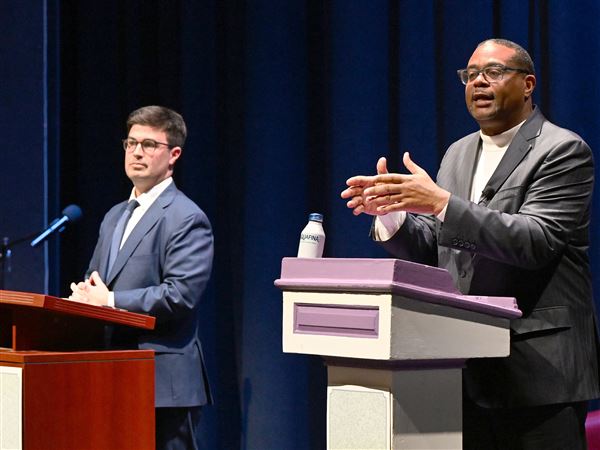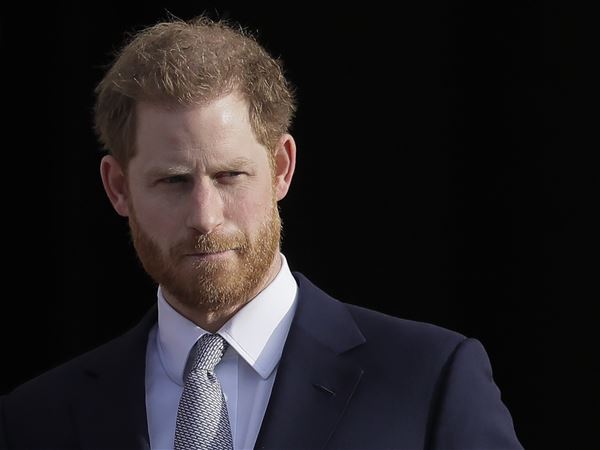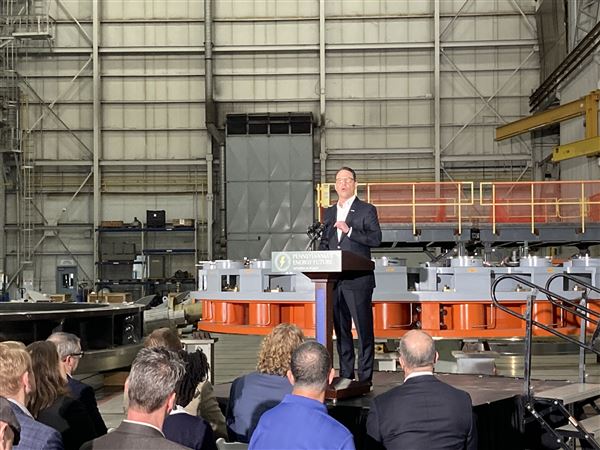Affordable Care Act rates in Pennsylvania will rise an average of just 4.9 percent in 2019 for individuals and 3 percent for small group policyholders, a modest increase in light of double-digit hikes elsewhere in the country.
The Pennsylvania Insurance Department released the average rate hikes sought by insurers on Tuesday. The actual rates will vary by region. The department will release complete rate filing requests — including plan specific information on July 23 — which the state will approve, reject or modify in a final ruling in the fall.
Despite what Insurance Commissioner Jessica Altman called “intense and deliberate sabotage” of the Affordable Care Act, commonly known as Obamacare, competition is strong in Pennsylvania: 31 of 67 counties will have more health insurers selling coverage in the individual market in 2019 and the number of counties with just one carrier offering coverage will decrease to eight from 20.
Ms. Altman declined to say if new insurers had entered the Pennsylvania market since last year.
The average rate hikes released Tuesday are the first glimpse of an industry roiled by uncertainty over the upcoming end of the penalty for individuals not having health insurance in 2019 and the rise of lower cost association health plans, which could weaken the Affordable Care Act market by siphoning away the youngest and healthiest members.
In New York, health insurers are seeking an average rate hike of 24 percent and in Washington state, the average increase sought is 19.08 percent.
Pennsylvania Obamacare rates rose 30.6 percent last year, nearly four times the increase that state officials had anticipated before President Donald Trump eliminated the cost-sharing reduction subsidy that the government made to help insurance companies reduce costs for lower-income people.
Reacting to market uncertainties and talk of repealing the Affordable Care Act, health insurers nationwide may have overreacted — lifting premiums too much for 2018, said Sabrina Corlette, senior research professor, Georgetown University Center on Health Insurance Reforms.
But that doesn’t mean the current market has stabilized.
“’Stability’ might be too strong a word at this point because there’s still a tremendous amount of uncertainty with these insurers,” Ms. Corlette. “It’s going to be a while before we can draw any meaningful conclusions about pricing trends.”
In addition to ending the premium subsidy, efforts to dismantle the Affordable Care Act in the past year have included shortening the enrollment period. At the same time, the rate of people without health insurance in Pennsylvania has fallen to an all-time low of 5.6 percent, according to the Insurance Department.
Statewide, the average monthly premium for a silver plan purchased online is $312.05 this year.
A total of 389,081 Pennsylvanians enrolled in health insurance plans through the government exchange for 2018, the Insurance Department said.
Of those enrollees, 1-in-5 will have to dig deeper into their pockets to pay premiums, Ms. Altman said. The rest — 80 percent of the total or about 311,264 members — will see no increase because government tax credit subsidies will keep premiums flat.
Kris B. Mamula: kmamula@post-gazette.com or 412-263-1699
First Published: June 5, 2018, 3:44 p.m.
















